The warm, sunny weather of summer signals prime flower season. Throughout these months, loads of colorful annuals and perennials put their splendor on full display to brighten up your property and public spaces.
8 summer flowers that add vibrancy to their environment
These eight time-honored favorites can be used to beautify the area around your home as well as in arrangements.
1. Alstroemeria
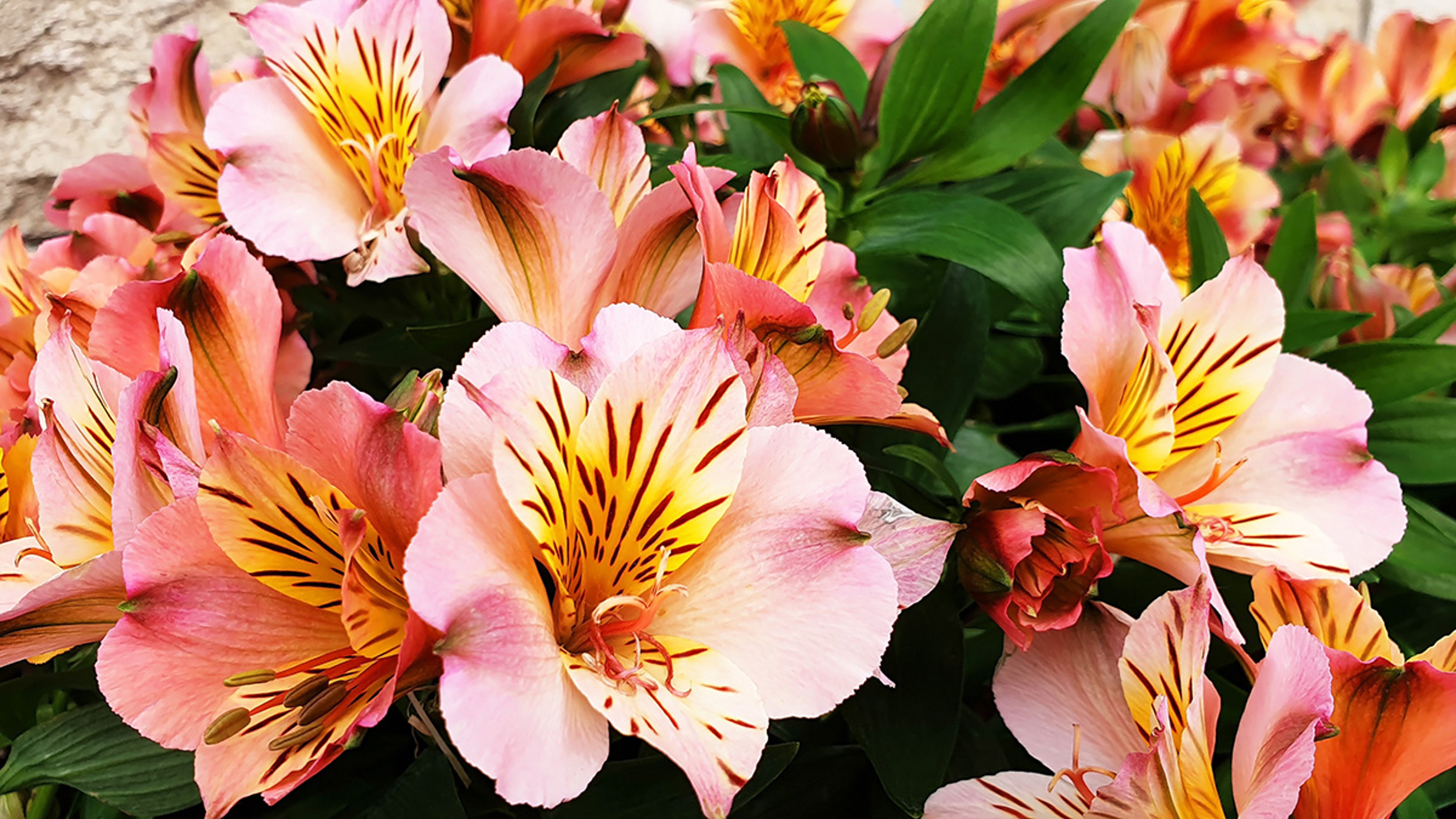
Alstroemerias, with their soft colors and striped throats, are used extensively in mixed flower bouquets. Also known as lily of the Incas or Peruvian lilies, they can also be grown in a garden and come in numerous hybrid varieties, including yellow, orange, pink, lavender, salmon, and white.
Growth habits
These beautiful plants are tuberous perennials, native to South America, that grow 2 to 3 inches high, with clusters of blooms atop deep green leaves and stems. They are sold as tubers or potted flowers and can be planted in the garden when all chance of frost has passed. They are healthiest when grown in rich, moist, well-draining soil. Some varieties can grow in partial shade, but all alstroemerias put on their best show during the summer, with five or six hours of full sun per day.
How to care for them
Alstroemerias are perfect as container plants and will do well in any sunny location. Remember to use a well-draining potting mix in a container that has drainage holes; plants in containers will dry out faster than ones in the garden, so keep watch of the moisture level and water accordingly.
If you want to use them in a bouquet, gently pull them up from the soil instead of cutting the stems. This will encourage new growth from the roots, allowing you to keep new blooms coming all summer.
2. Carnation
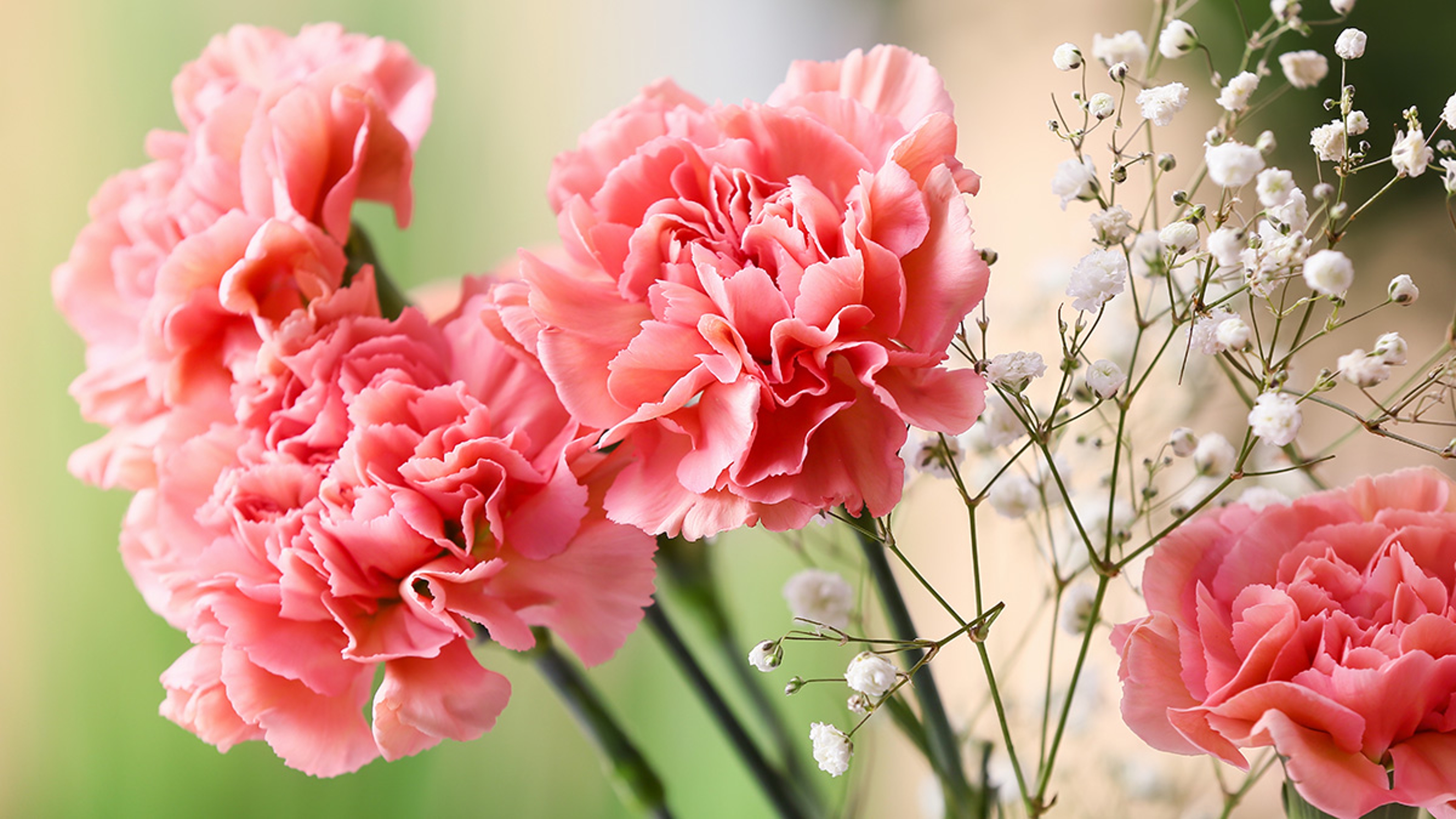
Familiar, pretty carnations, with their spicy fragrance, are herbaceous perennials that are often grown as annuals. They are native to the Mediterranean area and have been grown and bred for millennia. Their fragrant flowers have been used medicinally and as flavorings, as well as ornamentally. Today, carnations, aka clove pinks, are among the most popular flowers for corsages, boutonnieres, and arrangements.
Growth habits
Carnation flowers are naturally red, pink, white, or pinkish-purple, but beautiful variegated hybrids have been bred, and white carnations are often dyed green or blue for special occasions. The flowers grow singly or in clusters at the top of blue-green stalks that reach 1 to 3 inches high. They are deer resistant and are attractive to bees and butterflies, making them excellent candidates for pollinator gardens. Carnations also do well in containers but will require more watering than those in the garden.
How to care for them
Plant carnations in an area with sun or partial shade, and make sure the soil is slightly alkaline and well draining. If the soil in your garden is acidic, add some lime to increase the pH and make it more alkaline. Water the plants when they are establishing and getting ready to bloom, and also during dry periods. You can encourage reblooming later in the summer if you deadhead the spent flowers after the first bloom.
3. Daisy
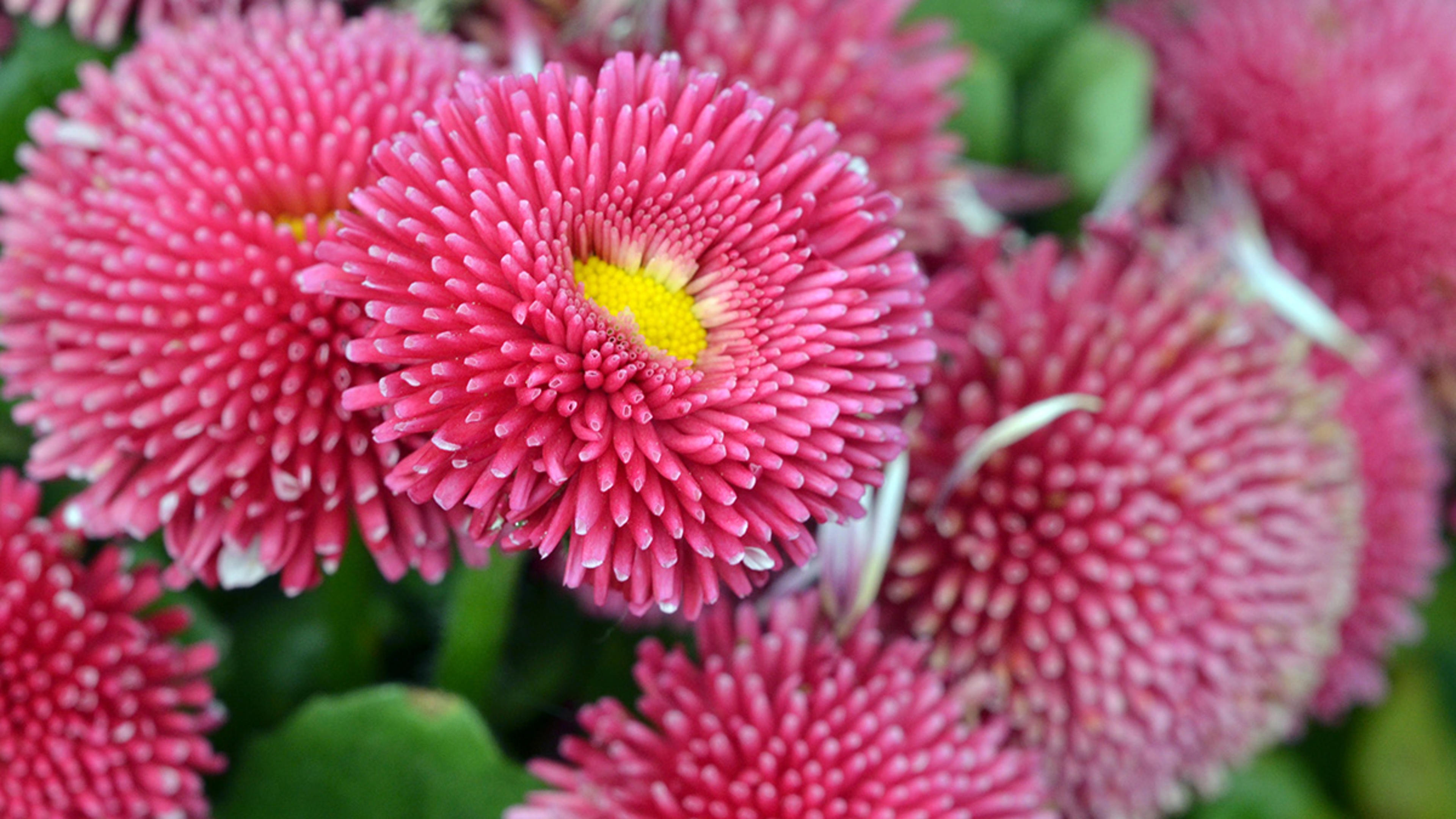
The perky little flowers with white petals and yellow centers are beloved the world over. Several plants are called “daisies," but the three most familiar are English daisy, oxeye daisy, and Shasta daisy. The English daisy is native to Europe, the oxeye daisy to Europe and Asia, and the Shasta daisy is a horticultural hybrid, named for Mount Shasta in California.
Growth habits
English daisies are biennial, meaning they bloom every two years, and oxeyes and Shastas are herbaceous perennials that bloom annually. They all have naturalized in the United States and even become invasive in some parts of the country, but they are still grown as charming favorites in the garden, containers, and floral arrangements.
English daisies are often used as bedding plants, as they grow only 3 inches to a foot high on short, leafless stems. Their petals are usually white, but some varieties are pink or red. Oxeye daisies grow to 3 feet high on stems with toothed leaves and 2-inch flowers; Shasta daisies are more similar to oxeyes, but their flowers can grow up to 4 inches across.
How to care for them
Daisies like full sun and can grow in a variety of soil types as long as they are kept moist. The English daisy, in particular, cannot tolerate drought, so it must be watered during dry periods.
4. Delphinium
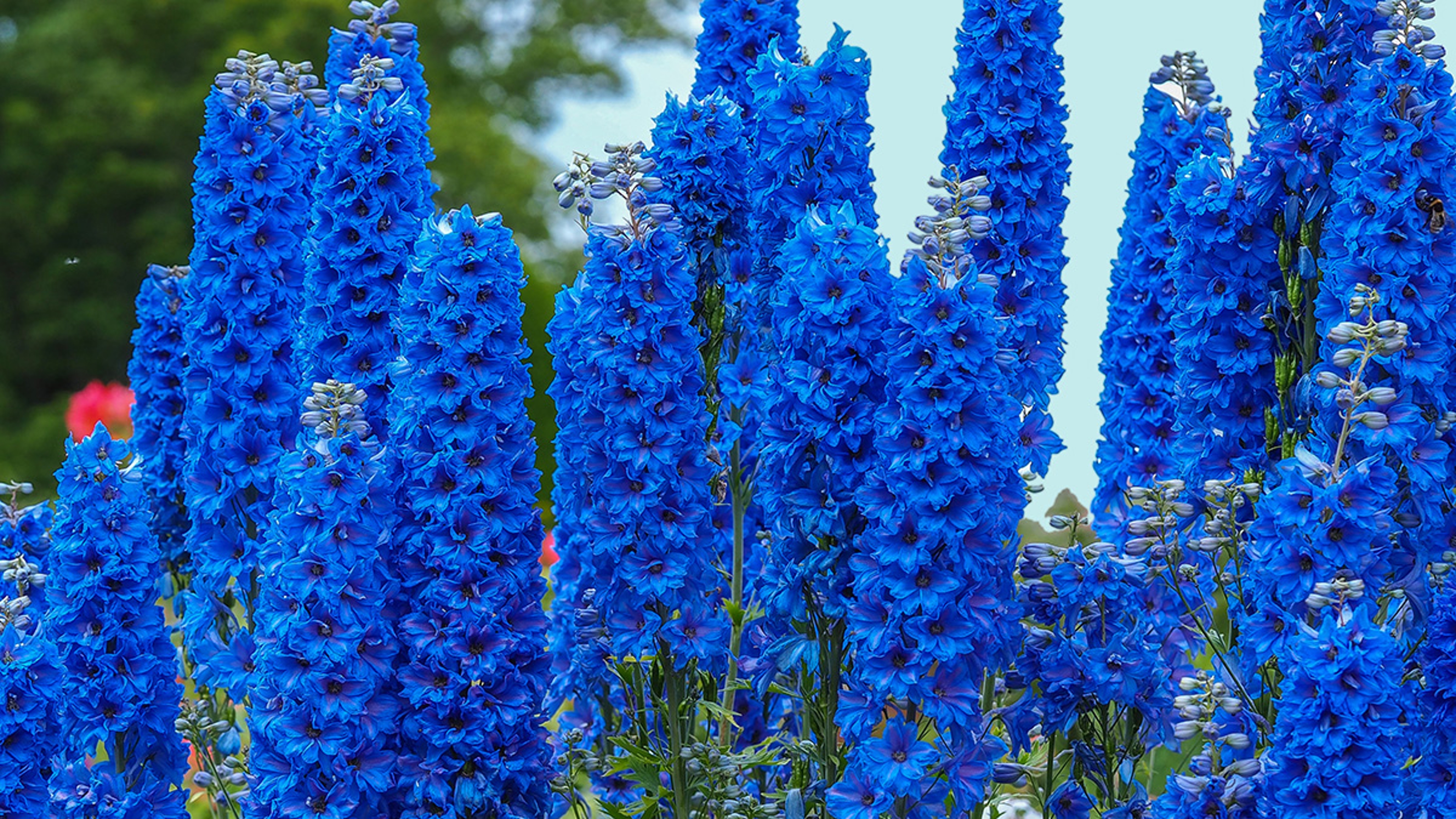
Tall, elegant delphiniums are traditional flowers found in cottage gardens and are excellent for attracting hummingbirds and butterflies. Their height and striking colors also make them a favorite accent in floral arrangements. But as beautiful as they are, delphiniums are highly toxic and should not be grown on a property with small children and pets.
Growth habits
The various species are native to the Northern Hemisphere, and many horticultural varieties on the market are considered short-lived perennials. Their purple, blue, pink, or lavender flowers grow closely along the tall stems, which can be anywhere from 3 to 7 feet high.
How to care for them
Delphiniums are happiest in the morning sun with afternoon shade. They need rich, organic, well-draining soil that is kept moist, since they cannot tolerate drought. At the same time, if the humidity is too high or they are growing too close to other plantings, they are prone to fungal diseases. Make sure to give them enough air circulation to keep them healthy.
5. Dianthus
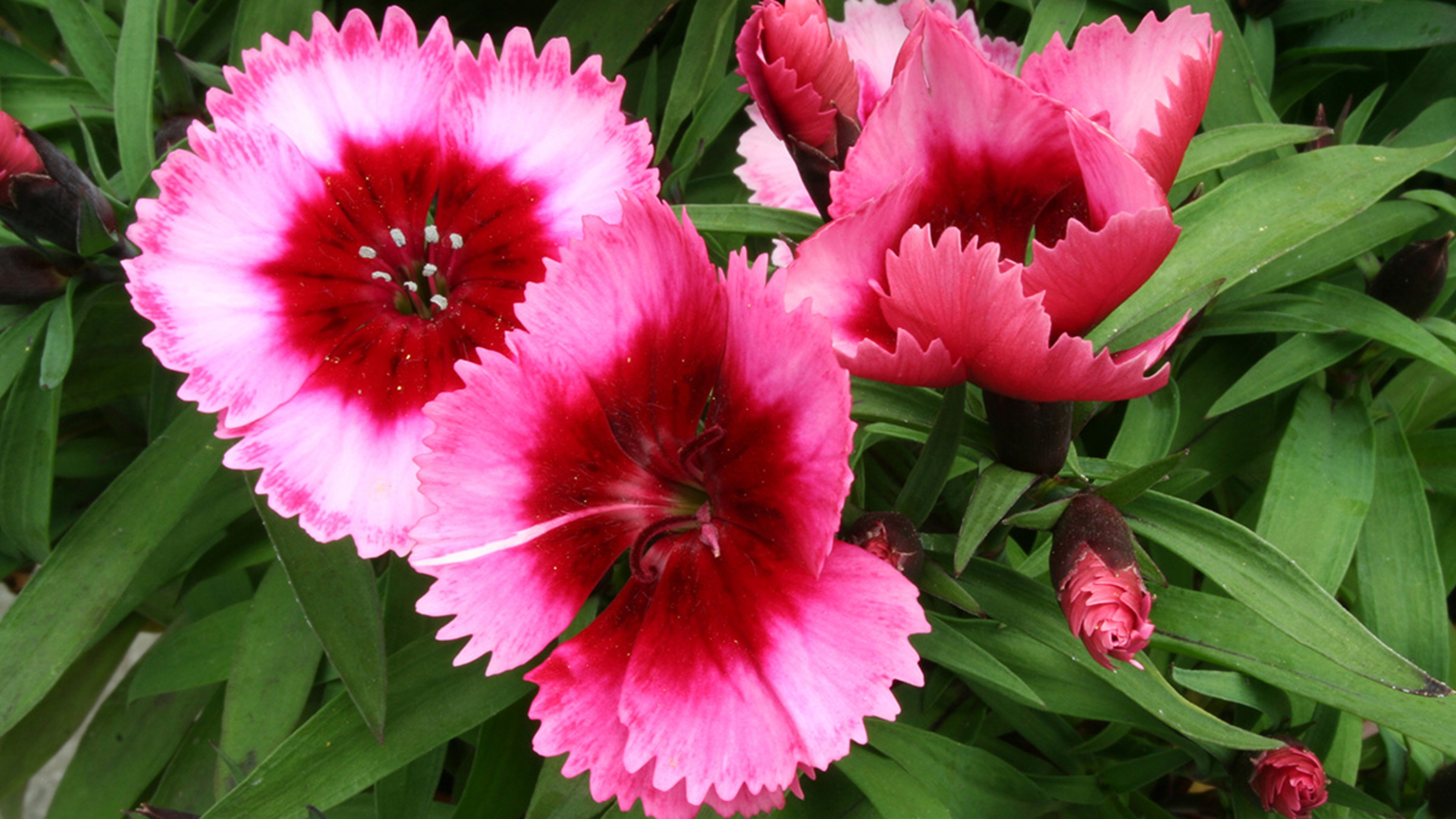
Old-fashioned dianthus, aka pinks, are miniature versions of carnations and are excellent as bedding plants, since they grow low to the ground and are prolific bloomers. The name “pinks" comes not only from the color of the flowers but also from the fringed edges of the petals that look as though they have been trimmed with pinking shears. They are native to Europe, Africa, and Asia.
Growth habits
Dianthus flowers are a half-inch to three-fourths inch in diameter and sit in groups on top of blue-green stems that grow to between 6 inches and 2 feet high. They come in annual, biennial, and perennial varieties, but the traditional pinks of cottage gardens and floral arrangements are perennial. Since they are compact and bloom from spring until fall, they also do well as container plants and brighten a porch, a patio, or the area around a pool.
How to care for them
Pinks are closely related to carnations, and need similar care and growing conditions. They do best in full sun or partial shade and in neutral to alkaline soil that is moist and well draining. To keep them blooming all summer, be sure to deadhead the spent flowers and only water the soil at the base of the plant. This prevents fungus diseases from forming on the foliage.
6. Gerbera daisy
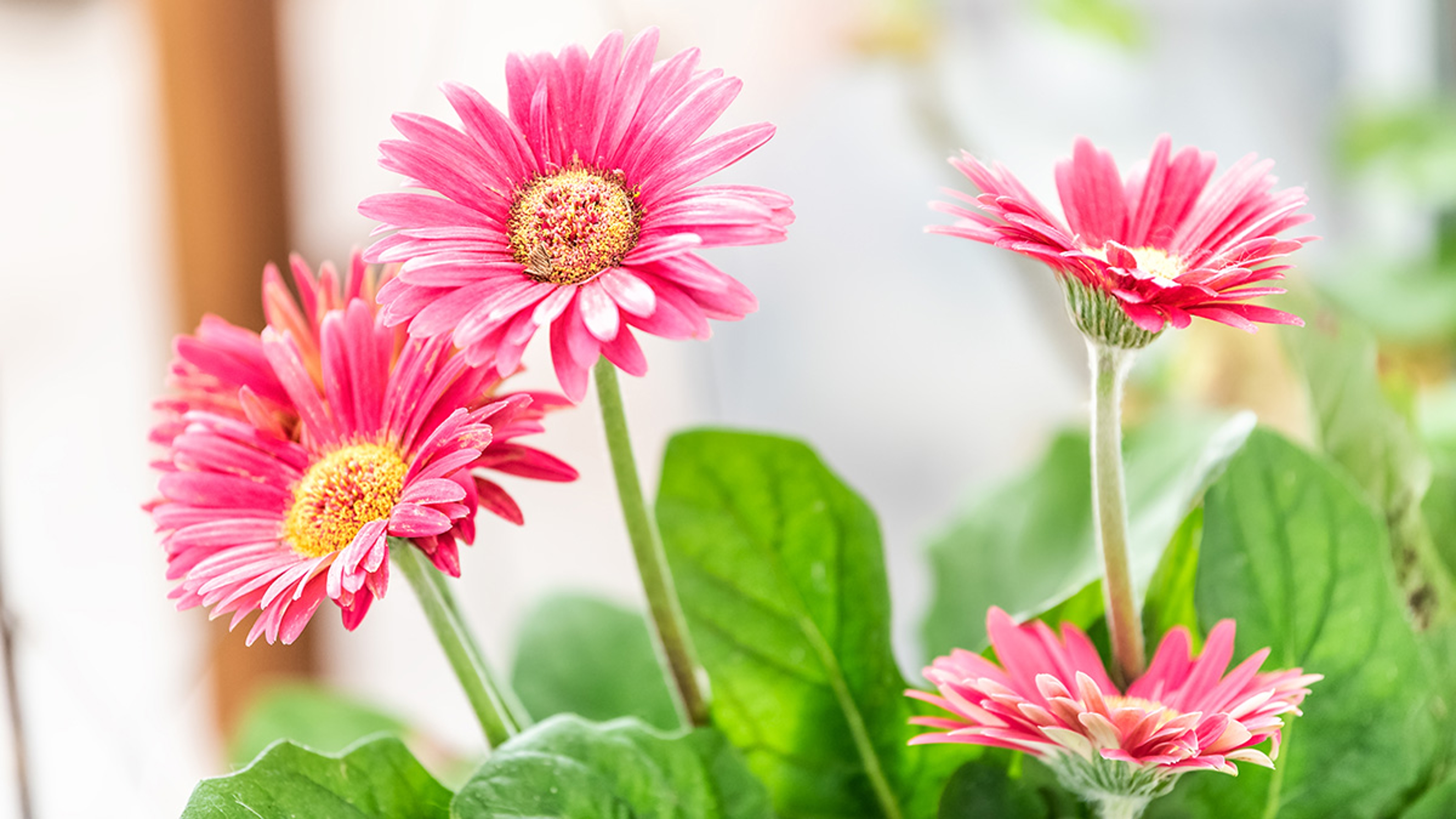
Gerbera, or Transvaal daisies, are brightly colored flowers native to South Africa. Their petals can be pink, white, yellow, salmon, or orange, and encircle a central disk. Single flowers sit atop long stalks among gracefully arching toothed leaves that grow up individually from the soil.
Growth habits
The vivid single or double flowers of gerbera daisies can be anywhere from 2 to 5 inches across. These highly hybridized blooms grow best in full sun but not high heat.
Gerberas are bright additions to a garden bed, and compact varieties are excellent for containers and hanging pots. Their long stems and large, colorful blooms also make them outstanding cut flowers for arrangements.
How to care for them
In areas with hot summers, gerbera daisies need morning sun and then afternoon dappled shade. The soil should be rich, well draining, and slightly acidic, with a good amount of organic matter. They like to be kept moist and should be watered during dry periods, especially those in containers.
7. Lily
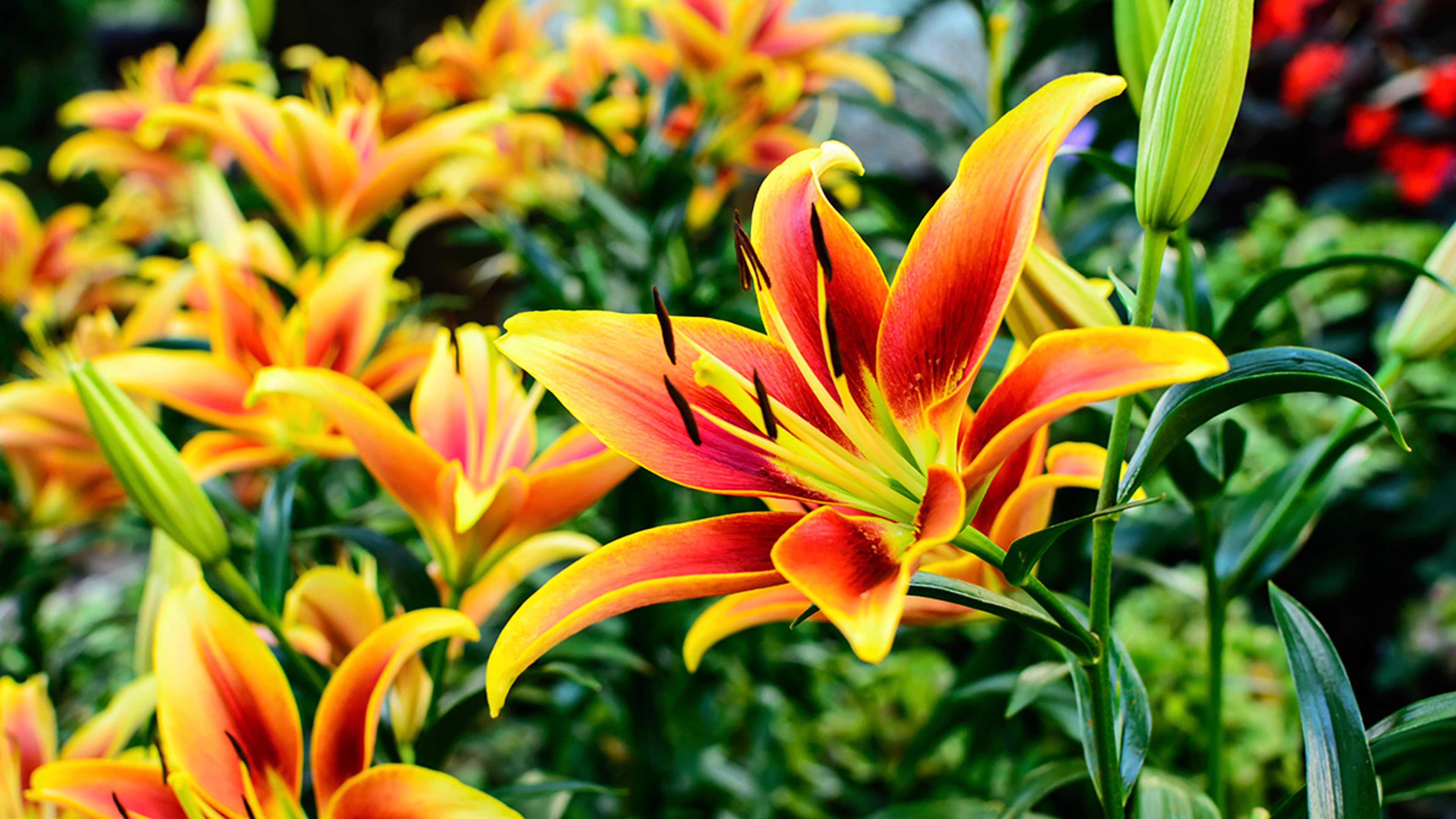
Lilies are some of the most popular flowers grown for gardens, containers, and floral arrangements. These beautiful plants — most of which are native to temperate areas of Asia, India, Europe, Canada, and the United States — have numerous species. Three of the most commonly grown are the Asiatic, Easter, and Oriental lilies. Several trumpet-shaped flowers, each with six petals, grow atop tall, leafy stalks. Depending on the variety, the flowers face either outward, downward, or up. A word of caution: All parts of lilies are highly toxic to cats and can cause kidney failure in animals.
Growth habits of Asiatic lilies
Asiatic lilies are native to several areas in Asia. They usually grow about 2 to 3 feet high, although mature plants can grow to 6 feet under optimal conditions. Their 4-to-6-inch, upward-facing, unscented flowers range in colors from white, pastel pink, and plum to vivid red and orange. Asiatic lilies are beloved for their beauty and ease of care, but, unfortunately for some growers, deer and rabbits love them, too. Asiatics are the earliest bloomers among the three lilies and the best choice for containers because of their compact habit.
Growth habits of Easter lilies
Easter lilies are white, outward-facing flowers that grow 2 to 8 inches high. They naturally bloom in the summer when planted in the garden, but growers force them to bloom by Easter for holiday sales. Multiple, lightly fragrant flowers bloom on top of the tall stems. Easter lilies are native to Japan and were cultivated in Bermuda during the 1880s, and their popularity skyrocketed in the United States around World War II. Similar to Asiatic lilies, Easter lilies are enjoyed by rabbits and deer.
Growth habits of Oriental lilies
Oriental lilies are hybrids of species that are native to Japan. They are summer-to-late-fall bloomers and grow taller every year — up to 8 feet high. Multiple fragrant, white, yellow, or pink flowers grow at the top of the stems and are either upward- or outward-facing. Unlike Asiatic and Easter lilies, Oriental lilies are deer and rabbit resistant.
How to care for them
All lilies grow from bulbs that are usually planted in the fall; they can, however, be planted during the spring and summer after the plants have flowered. The bulbs are fragile and should be set 4 to 6 inches deep in the soil and 12 to 18 inches apart soon after purchasing. They grow best in full to partial sun in slightly acidic, well-draining soil that should be kept evenly moist. Deadhead the spent flowers to allow the plant to focus its energy on current blooms and not on producing seeds.
8. Sunflower
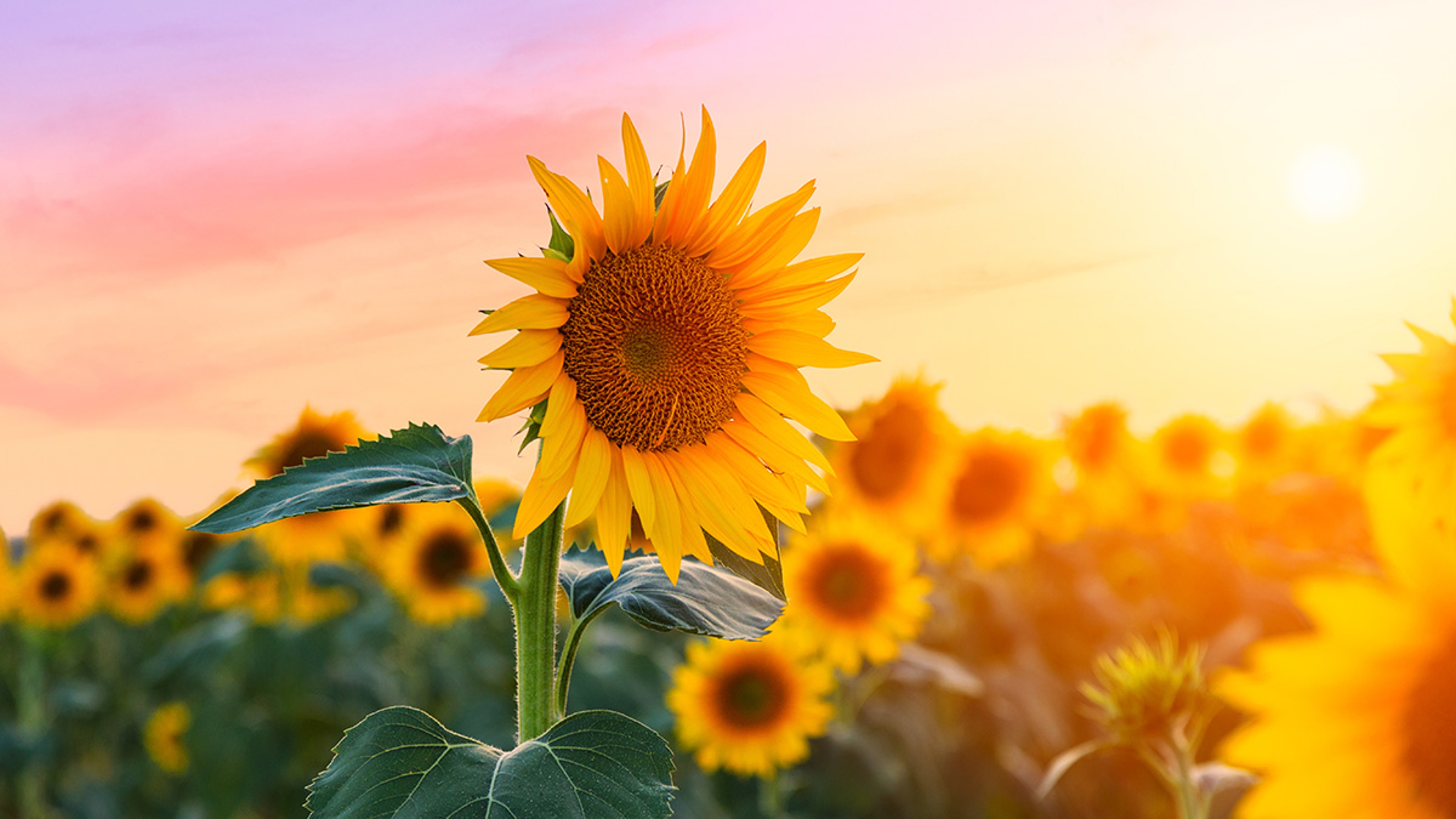
Cheerful sunflowers, native to North America and Mexico, come in many sizes and colors. Dwarf varieties are perfect for containers, and other varieties have white, red-orange, or red petals, but the most common are the tall annuals. These sport large, heart-shaped leaves and bright yellow petals circling the flat disk of small flowers that develop into those seeds that make for good snacking. They are the state flower of Kansas, where fields of these beautiful plants grow in abundance.
Growth habits
Sunflowers are usually grown as annuals, but some can be perennial in the warmer areas of the country. Small sunflowers in containers can brighten a porch or patio. Cut flowers are perfect for sunny summer arrangements, while full-sized plants are a cheerful addition against a wall or fence.
How to care for them
Sunflowers can be started from seeds or small, potted plants. Sow seeds 2 to 3 feet apart in the spring after all danger of frost has passed, or set small plants 2 to 3 feet apart in the garden in the late spring or summer. Sunflowers grow best in full sun and in moist, well-draining, neutral-to-slightly-acidic soil.
5 most popular summer plants
In addition to the colorful flowers above, here are five charming plants to liven up your summer garden.
1. Gardenia
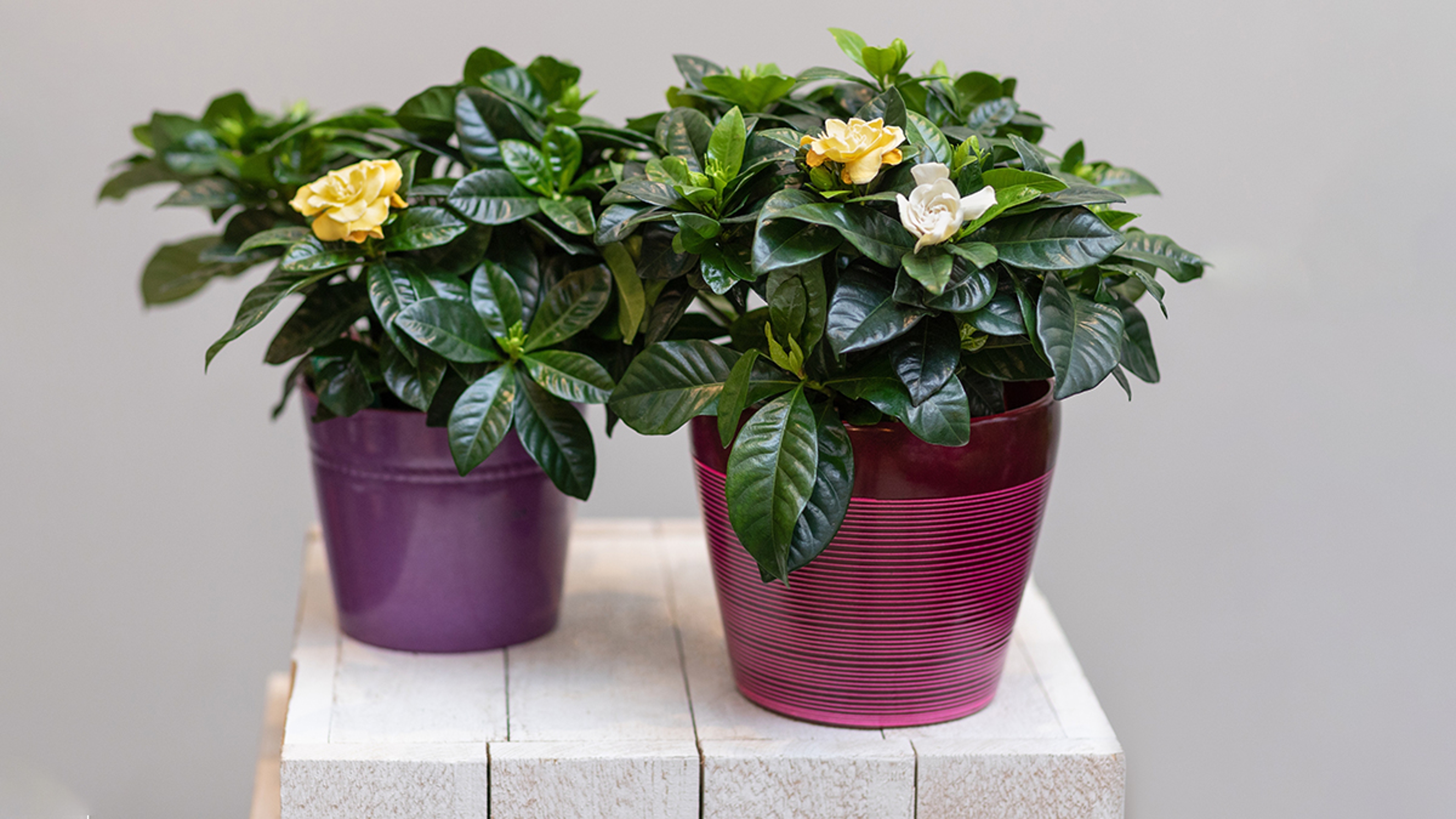
Exquisitely fragrant gardenias are native to the tropical and subtropical areas of Asia and the Pacific Islands. The creamy white, waxy flowers and glossy, dark green leaves make them outstanding ornamentals.
Growth habits
Gardenia grow outside in the garden in warm regions of the United States, and are also popular as container plants that can be grown year-round as houseplants.
How to care for them
Gardenias do well in full morning sun with partial shade in the afternoon. Their preferred temperature is 70 to 80 degrees during the day, with plenty of humidity, and not below 60 degrees at night. Gardenias need their soil to be acidic, rich with organic matter, and moist but well draining.
Container-grown plants need a loose, peat-based potting mix, and should be watered when the soil is dry 1 to 2 inches down from the top. Gardenias grown indoors will need some help to keep the humidity high. Set them on a pebble tray of water and mist them regularly so they retain their buds and flowers; low humidity will cause them to drop their flower buds.
2. Hydrangea
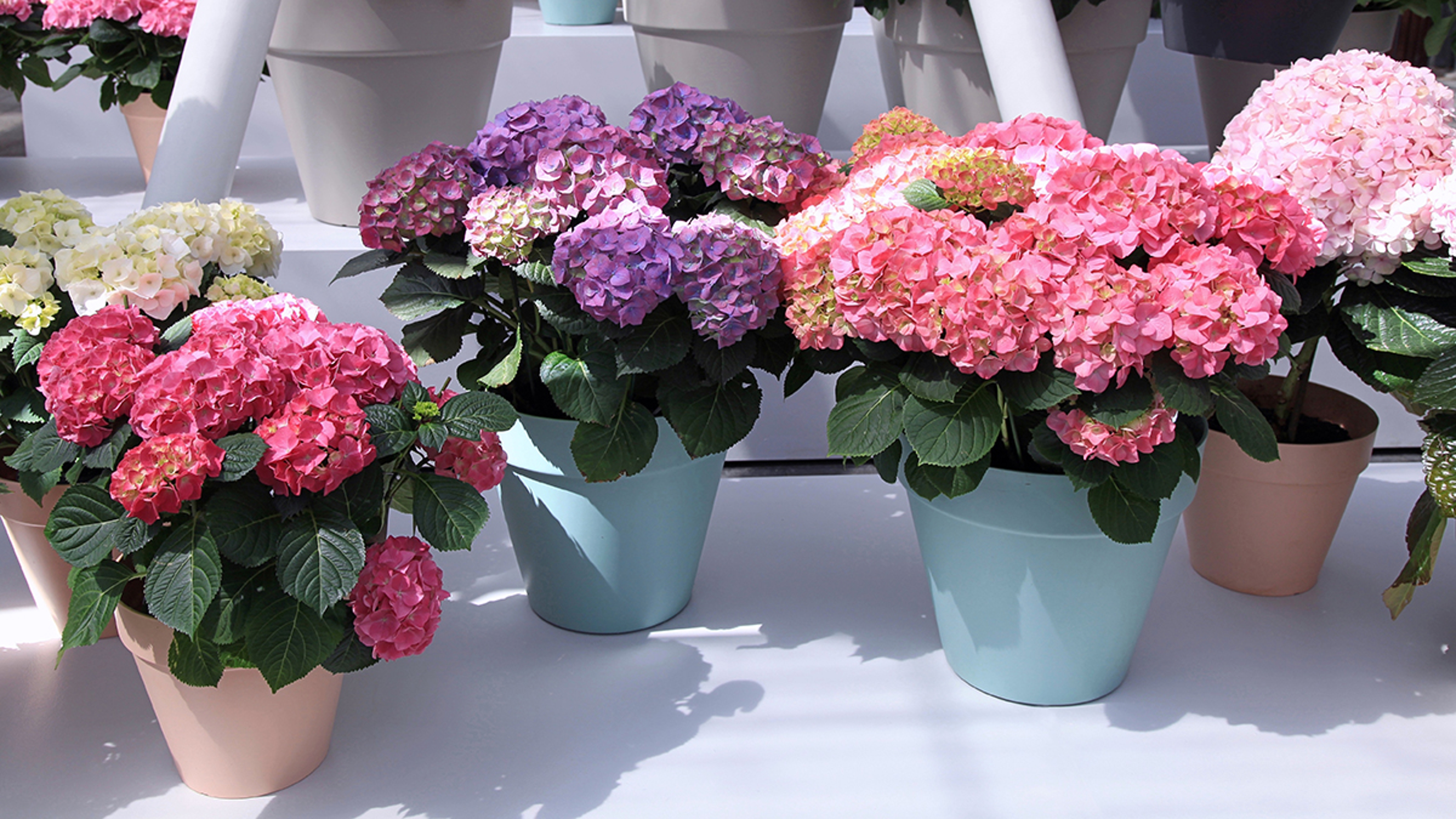
A familiar sight in the summer across the country, hydrangeas are native to the countries of East Asia and the Americas. In the U.S., we know them mainly as deciduous, ornamental shrubs with large clusters of showy flowers.
The commonly grown kinds of Hydrangea are Mophead, Lacecap, Oakleaf, PeeGee, and Smooth. Their large round (Mophead and Smooth), conical (Oakleaf and PeeGee), or flat (Lacecap) flower heads are the distinctive characteristics of these handsome plants. Most varieties of Hydrangea are white, but some varieties, such as Mophead and Lacecap, will turn blue with a soil acidifier and pink with garden lime.
Growth habits
In cooler, northern areas, hydrangeas can grow in full sun all day but will need afternoon shade in the hot South. They can tolerate almost any soil type as long as it is loose and well draining with plenty of organic matter.
How to care for them
Hydrangeas need moist soil and can be fertilized once a year during the spring. The varieties that bloom on the previous year's wood (Mophead, Lacecap, and Oakleaf) will need to be pruned in the summer after flowering. Plants that bloom on this year's wood (PeeGee and Smooth) should be pruned in the late winter, before the new spring growth.
They can be grown as container plants outdoors, and will need a large enough container with a drainage hole and loose, well-draining soil. Since container potting mix dries out more quickly than garden soil, you will need to water the plant more frequently.
3. Azalea
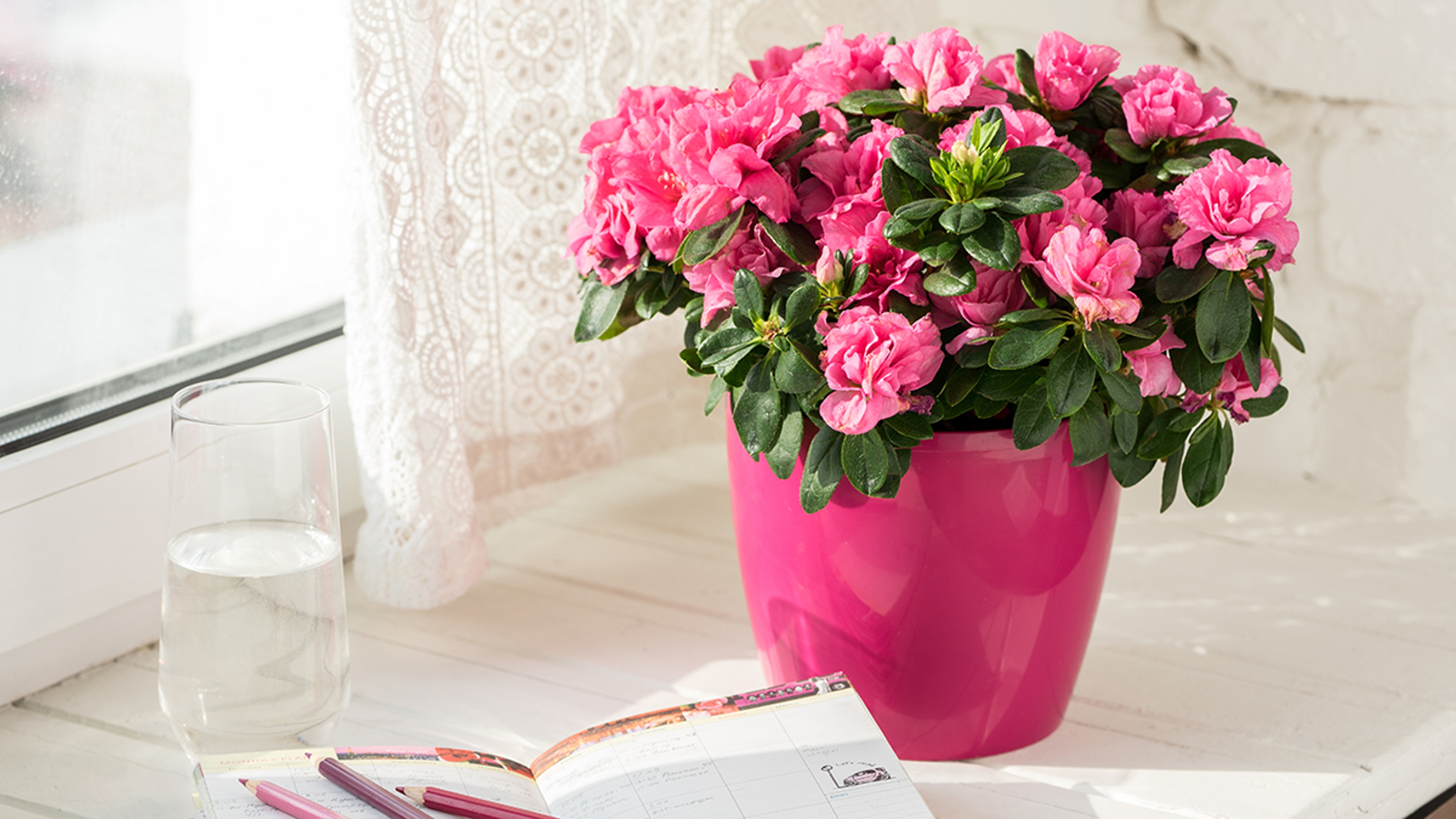
Azaleas blaze with color in the spring, lighting up the landscape with white, pink, lavender, orange, or red flowers. They are native to Asia, Europe, and North America, and are the state flower of Georgia. Most azaleas are deciduous shrubs, and some heat-tolerant varieties are evergreen.
Growth habits
Azaleas thrive in bright shade, which produces the most vibrant blooms. They are beautiful as foundation plantings, as accent plants to brighten up a shady corner of a yard, at the edge of a woodland garden, or as container shrubs.
How to care for them
Acidic, well-drained soil that can be amended with peat moss or compost is best for azaleas. You can fertilize your bush in the late spring or early fall and prune it back after flowering to maintain its size.
Azaleas do very well as container-grown shrubs. Use a large enough planter that has at least one drainage hole in the bottom to prevent root rot and a loose, well-draining potting mix. Water it when the soil is dry, about an inch down from the top, and remember that container-grown plants will dry out more quickly than plants in the garden. To keep your azalea in shape, prune it after it flowers.
4. Tropical hibiscus
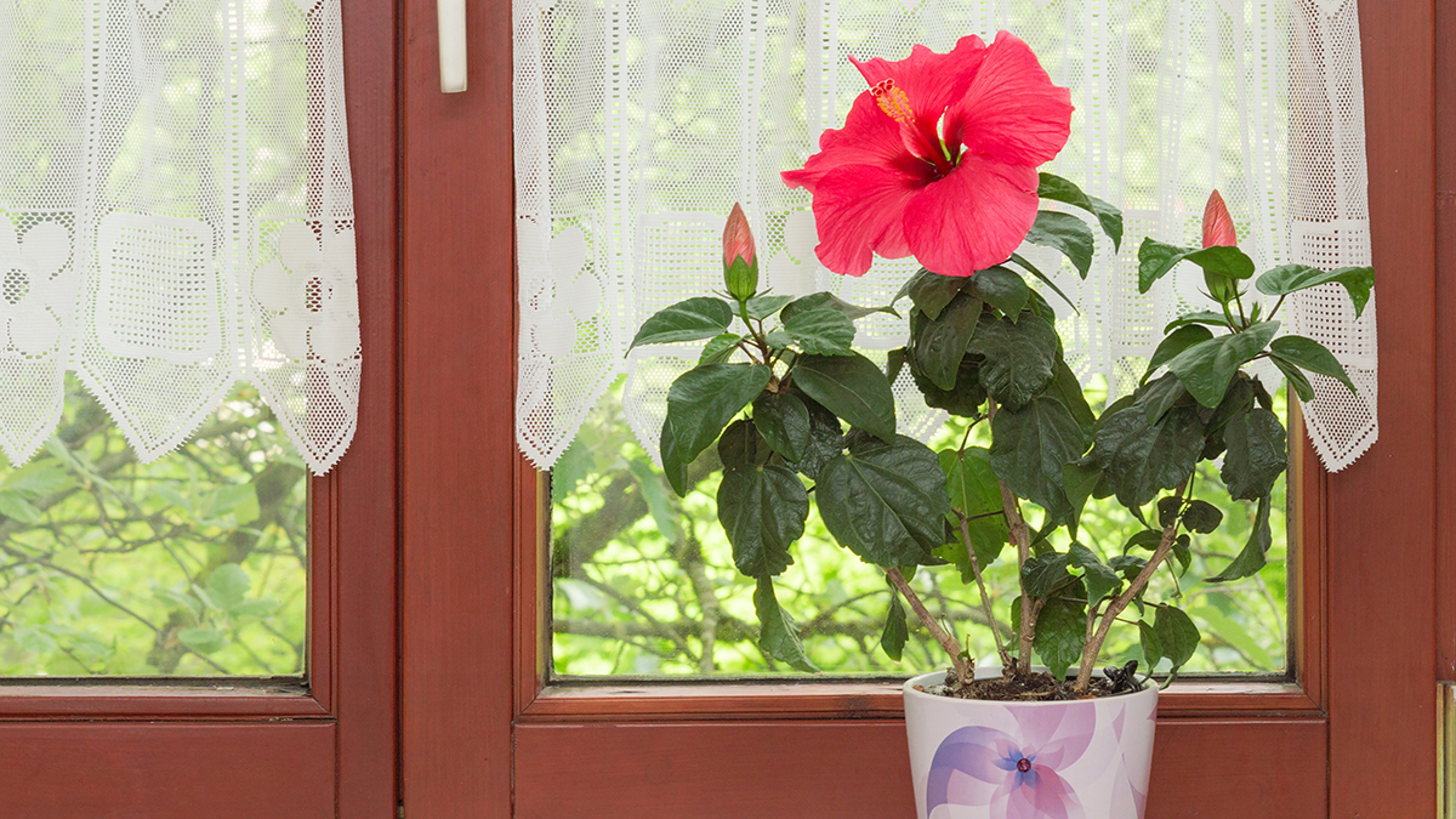
These spectacular Asia natives will give your property a tropical flair with their shiny, dark green leaves and 3- to 8-inch-wide flowers in brilliant red, pink, purple, white, orange, yellow, or peach.
Growth habits
In the southernmost areas of the U.S., tropical hibiscus, otherwise known as Chinese hibiscus or China rose, are tender perennials with evergreen leaves. North of that, they are annuals and can be grown in the garden during the summer or in containers. Hibiscus plants bloom continuously from summer through fall and produce new flowers that only last a day.
How to care for them
These tropicals do best in bright light but not full sun. They thrive in temperatures between 55 and 70 degrees, so you will need to bring a potted hibiscus indoors when temperatures dip below 50. They can easily be overwintered in a warm room with bright, indirect light and some added humidity.
Both in the garden and in a container, their soil needs to be loose and well draining, with added organic matter. They are thirsty plants, but the frequency of watering will vary with environmental conditions like wind, temperature, and humidity. Container-grown plants may even need to be watered daily under dry conditions.
Hibiscus plants should be pruned in the fall in the garden or in a pot. Take out any dead or crowded branches to allow enough light and air to circulate. They bloom on new wood, so don't be afraid to prune out some of the old.
5. Lavender
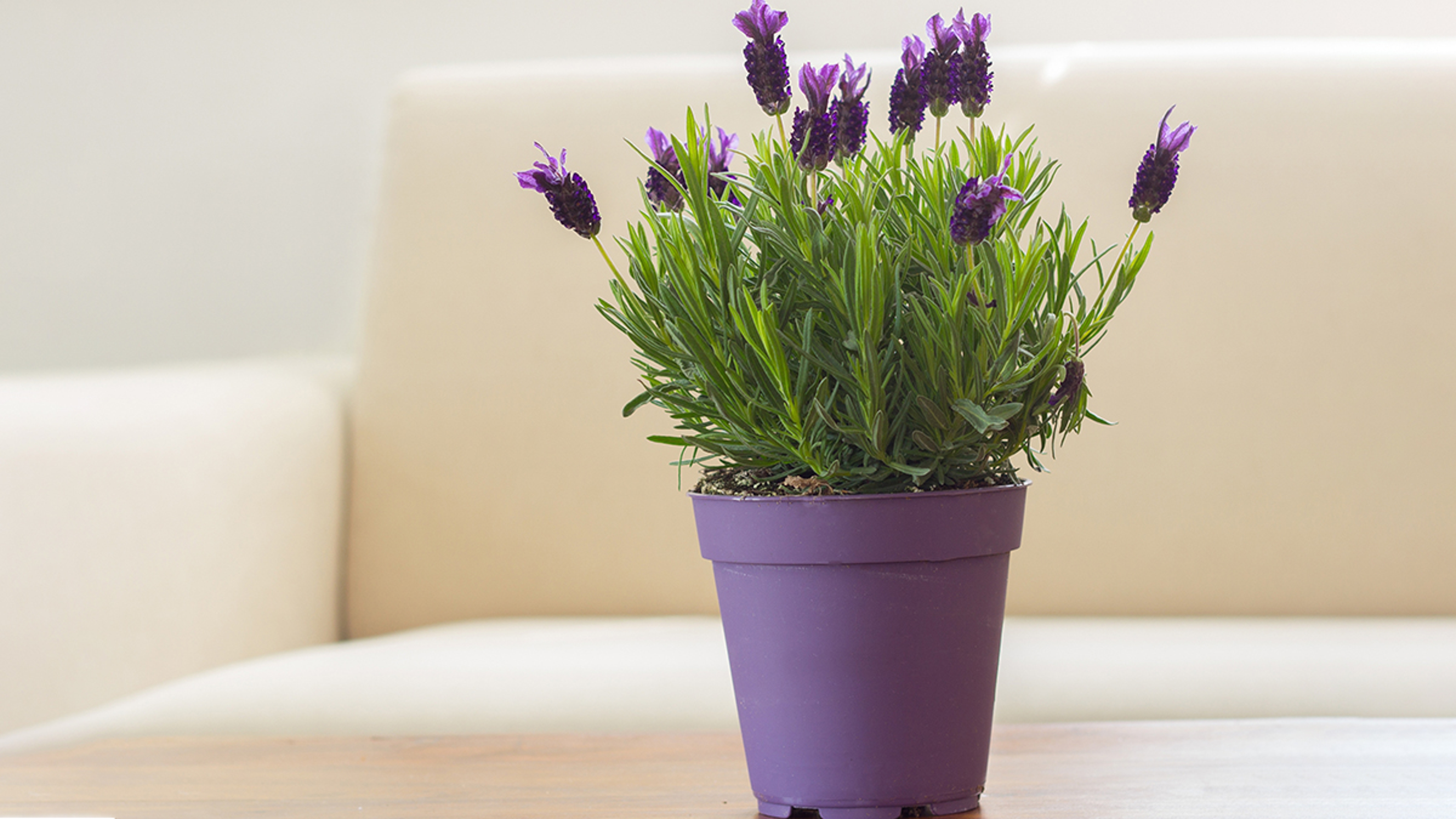
Over 40 species of lavender come from areas around the Mediterranean and east to India. The three most popular types of lavender used as garden ornamentals are English, Spanish, and Lavandin.
Lavender plants are attractive to pollinators, especially bees. Fortunately, they are not attractive to deer and can be grown among other plants to ward these animals off.
Growth habits
Lavender is beautiful in rock gardens, herb gardens, perennial borders, or as short hedges in formal knot gardens. Many varieties have fragrant foliage and light purple, pink, or white flowers.
How to care for them
Lavender plants need excellent draining, slightly alkaline soil, and full sun. They are fairly drought resistant but will need to be watered in dry weather. Container-grown lavender will need more frequent watering than garden-grown plants and require a pot with a drainage hole since it does not tolerate its roots sitting in soggy soil.












